Bikepacking: How Bags and Dreams Are Reshaping Modern Cycling
Bikepacking: a term that just a few years ago sounded niche is now redefining modern cycling. Now picture 6,000 enthusiasts ready to tackle gravel roads and trails across Tuscany, embarking on a 430-kilometer two-wheeled adventure: this is the Tuscany Trail 2025, the world’s largest bikepacking and gravel event. But it’s not just about numbers: behind this explosive growth lies a true revolution driven by gravel bikes, ultralight gear, and a new cycling philosophy.
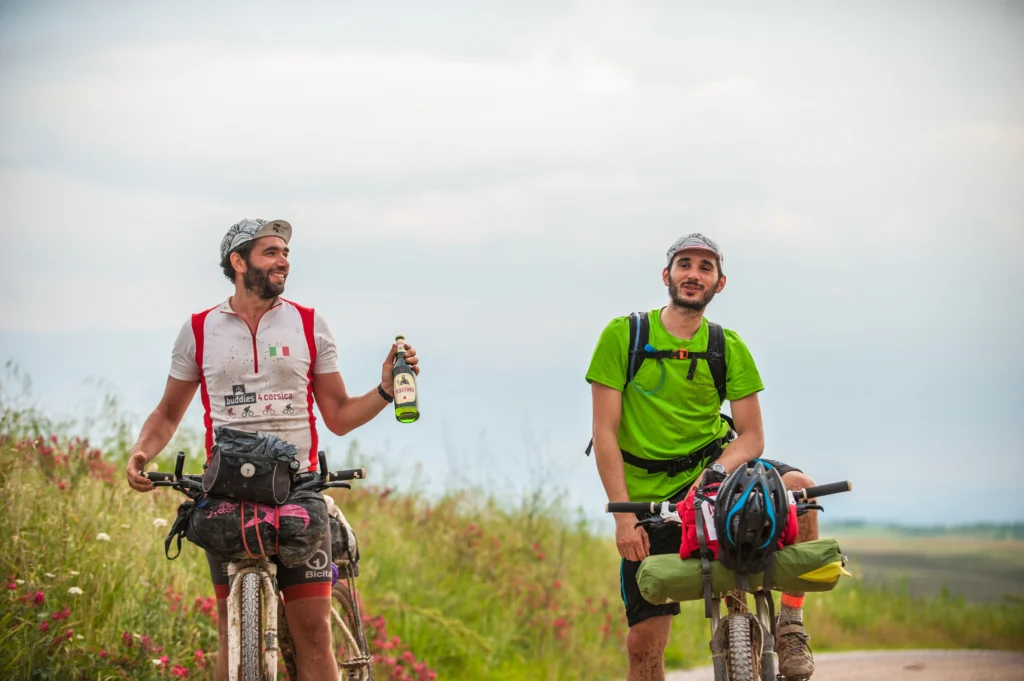
The intuition that many of us had over ten years ago was right: the cycling world was slowly transforming, and even though most bicycle companies couldn’t see it coming, we felt it in our bones. Of course, we didn’t go back to say “I told you so” to that marketing manager, but we certainly feel great satisfaction in having sensed it before many others.
Today, that same company boasts a complete line dedicated to bikepacking. And the numbers keep growing. The NorthCape4000, an epic journey from Italy to the North Cape, attracts 550 participants – a figure that would have seemed like science fiction just a few years ago. We’re talking about people willing to cross an entire continent by bicycle!
The Roots of a Revolution
The bikepacking explosion has its roots in a perfect storm of technological innovations and cultural shifts that have radically transformed bicycle travel. Let’s analyze in detail the three key factors that made this revolution possible.
The Gravel Bike: Where Versatility Meets Comfort
Gravel bikes represent the most significant change in cycling in recent decades. These bikes have completely redefined versatility, offering a solution that combines the best features from multiple worlds. With geometry designed for long-distance comfort, wider tires for any terrain, and the ability to mount fenders and racks, gravel bikes have broken down the barriers between road and off-road cycling.
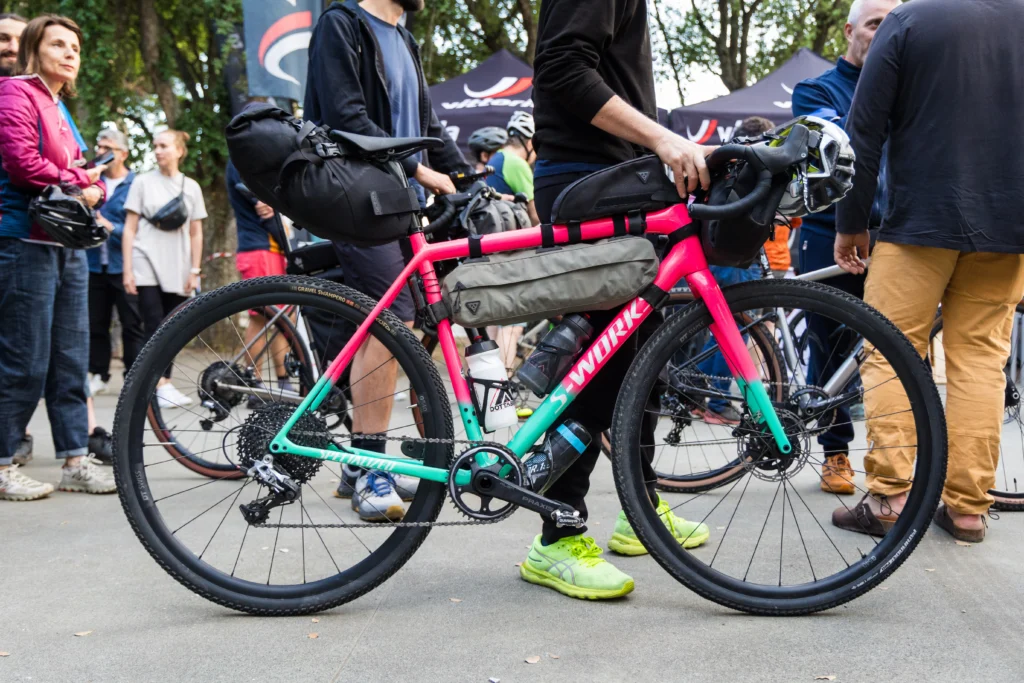
The real magic of gravel bikes lies in their adaptability: the same bike can transform from a daily training machine to a weekend adventure companion, and even become a trusted ally on the most challenging journeys. While it’s not the perfect bicycle for every route as some would have you believe (we’ll address this topic in detail in a future article), its versatility has opened the doors of bikepacking to a much wider audience, allowing many to start exploring without having to invest in multiple purpose-specific bikes.
We’ve seen it firsthand during various editions of the Tuscany Trail: more and more participants are tackling it on gravel bikes. But that’s not all – this trend is visible in completely different contexts too, such as fully paved 4000-kilometer routes like the NorthCape4000, not to mention shorter 600km distances like The Grand Escape.
Today’s cyclist, no longer obsessed with performance, doesn’t worry about tackling a journey even if their bike isn’t “perfect” for that route. In most cases, they simply find the right tire and set off without too much fuss, showing how the real gravel revolution is also about the changing mindset of cyclists themselves.
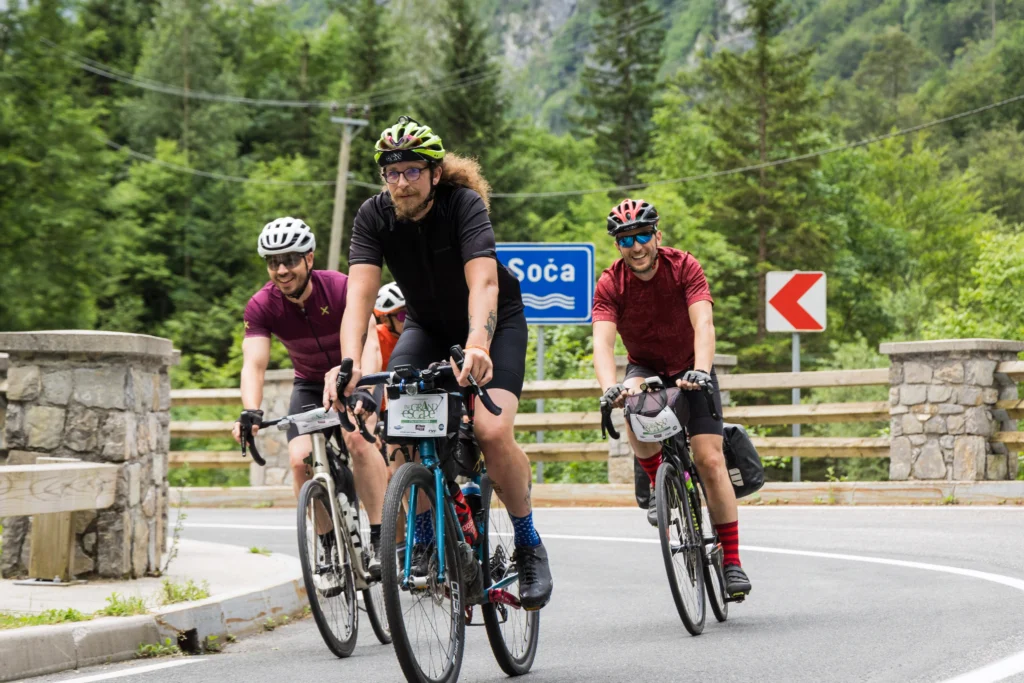
Technological Innovation: When Weight Is No Longer an Issue
Traditional bicycle touring in the early 2000s meant having a rack and panniers – certainly not ideal for off-road routes. The weight concentrated on the rear wheel would make the bicycle lift up on climbs, the constant rattling of side bags on dirt descents was unavoidable, and all the necessary travel equipment was truly bulky and heavy.
Technological progress, while not specifically designed for bikepacking but rather for hikers, has brought undeniable advantages to bicycle travellers as well. Indeed, if until a few years ago bikepacking meant heavy bags and cumbersome equipment, today’s landscape has completely changed. New ultralight materials have enabled the creation of tents weighing less than a kilogram, sleeping bags that take up the space of a water bottle, and cooking systems that fit in the palm of your hand.
This miniaturization revolution hasn’t just reduced equipment weight; it has expanded the possibilities of where and how to travel. A complete bikepacking kit today weighs very little, allowing even less trained cyclists to tackle routes that were once reserved for experts only. Modern technical materials also ensure exceptional performance in terms of waterproofing and breathability, making travel comfortable in any weather condition.
Bikepacking Bags and the Disappearance of the Rack
Again, referencing the early 2000s is essential. Back then, if you wanted to travel by bicycle, you first needed a touring bike with frame mounts for a rack. This was quite limiting because it often meant an additional expense – having just any bicycle wasn’t enough; you needed the “right” one for traveling.
The third crucial element in the bikepacking revolution has been the evolution of the bag sector. Innovative companies have completely reimagined how to transport equipment by bicycle, creating modular systems that adapt to any frame and any need. Bikepacking bags have eliminated the rack problem because they can be installed on any bike: now all you need is a bicycle to become a traveler.

Modern bikepacking bags can be mounted and dismounted in seconds, don’t require permanent racks, and most importantly, don’t compromise the bike’s handling. Innovation in this sector hasn’t been limited to practicality: new attachment systems are incredibly stable, eliminating that “pendulum effect” that plagued traditional touring bags. Companies have also developed specific solutions for every need, from waterproof handlebar bags for electronics to frame bags that utilize every available inch of space to compression systems that allow volume adjustment based on needs.
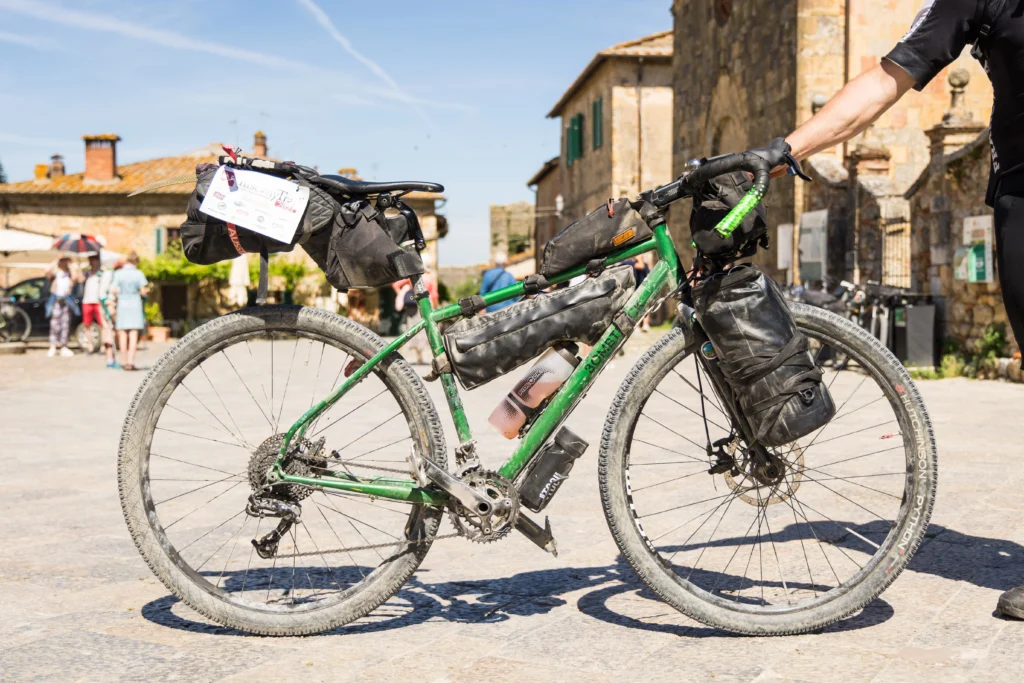
The Combined Effect: A New Era of Cycling
These three factors – gravel bikes, ultralight equipment, and innovative transport systems – working in synergy, have created the perfect ecosystem for the bikepacking explosion. The combination of versatile bikes, featherweight gear, and intelligent transport solutions has made bicycle travel more accessible than ever before.
There are almost no physical limitations anymore: the technical barriers that once discouraged many potential adventurers have been knocked down one after another. You no longer need to be an expert athlete or own a specific bicycle to start exploring. The evolution of equipment has democratized bicycle travel, transforming it from a niche for enthusiasts into a concrete possibility for anyone with the desire to take on the challenge.
The True Engine of Change: A New Cycling Philosophy
The real revolution is cultural. We’re witnessing a profound paradigm shift: from an obsession with performance to the pursuit of authentic experiences. A remarkable phenomenon is occurring in the cycling world, where the imperative of speed and watts is giving way to deeper, more meaningful values.
The Exponential Growth of No-Race Events and the Bike Adventure Series
The numbers tell the story: while purely competitive events are seeing declining attendance, the no-race world continues to grow exponentially. This doesn’t mean competition is disappearing, but rather evolving toward more inclusive and personal forms. People are no longer just racing against the clock or other participants; they’re seeking to push their own limits, explore new territories, and live memorable adventures.
The Bike Adventure Series, created to respond to this new vision of cycling, has already attracted over 20,000 members to its Board since its inception. This figure confirms that this isn’t just a passing trend, but a lasting transformation in how people experience cycling. The success of this initiative reflects a widespread desire to find a more authentic relationship with cycling, where the journey experience counts as much as, if not more than, the final destination.
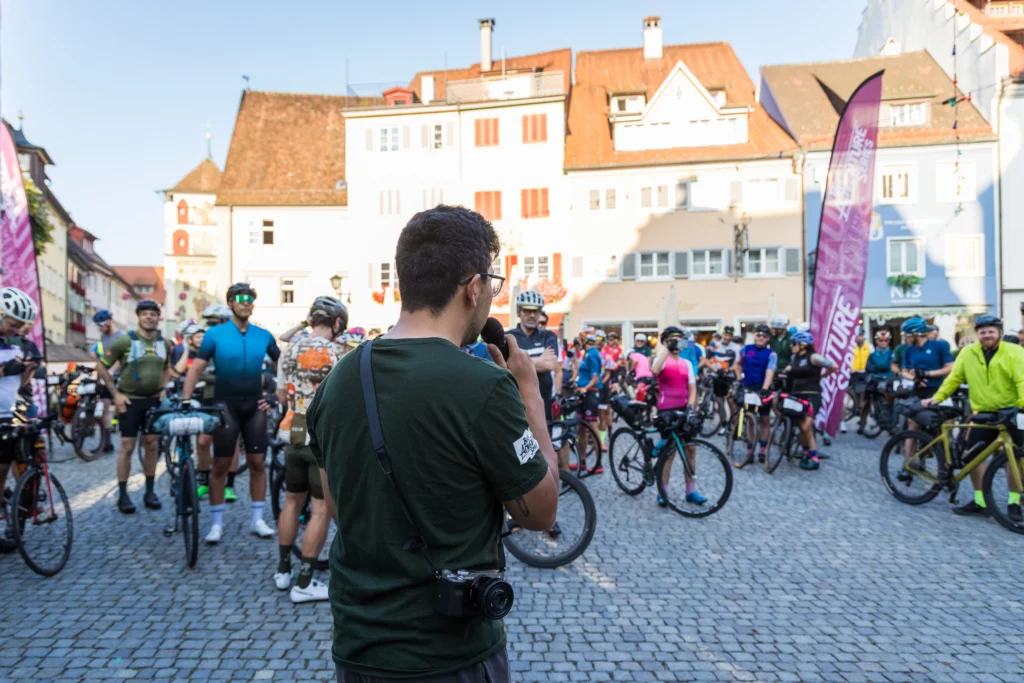
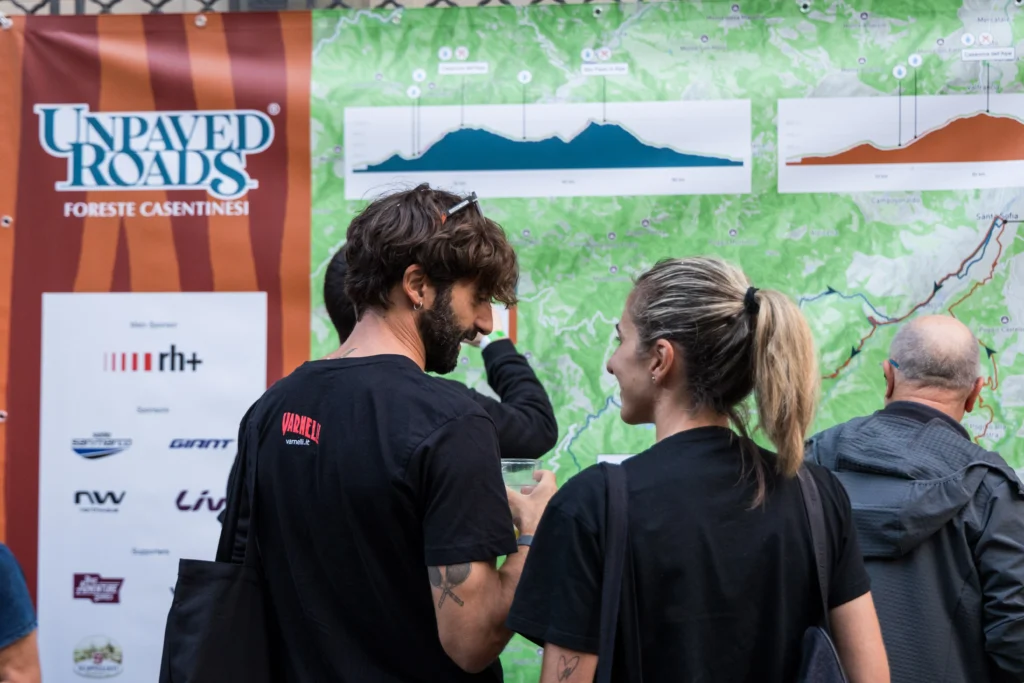
Cycle Tourists and Community: A New Way of Experiencing Cycling
This cultural evolution is also redefining the very concept of a “cycle tourist.” It’s no longer just about longtime enthusiasts or expert athletes: today we see people of all ages and skill levels participating, united by a desire for discovery and a wish to experience cycling in a more relaxed and fulfilling way. It’s a movement that embraces entire families, young professionals seeking escape, and retirees rediscovering the pleasure of adventure.
Online and offline communities are playing a fundamental role in this transformation. A network for sharing experiences, advice, and support has been created through social media, specialized forums, and dedicated events, making bicycle travel increasingly accessible and attractive. The stories of those who have already embarked on this journey inspire others to follow their passions, creating a multiplier effect that fuels the movement’s growth.
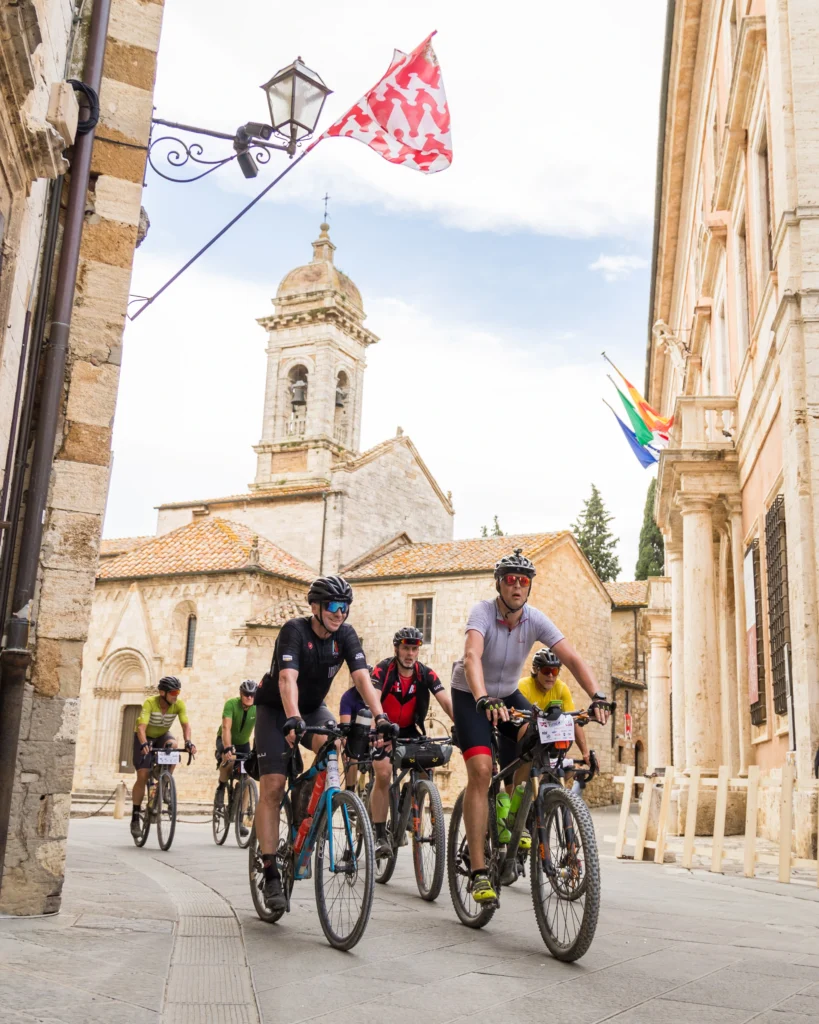
Bikepacking, Territory, and Business: Sustainable Tourism
The relationship with territory is also changing. Bikepacking is becoming a powerful tool for rediscovering and valorizing lesser-known areas, contributing to the development of sustainable and responsible tourism. Cyclists are no longer just passing visitors, but true explorers who immerse themselves in local realities, contributing to their economy and preservation.
This new cycling philosophy is also influencing how companies in the sector develop their products. The focus is no longer solely on pure performance; there’s an effort to create equipment that facilitates the overall travel experience, from preparation to exploration, from sharing to remembering. It’s a revolution that starts from the ground up and is changing the rules of the game, redefining the very future of cycling.

Sustainability and Organization: The Winning Model of the Tuscany Trail
A natural question arises: how do you manage such large numbers while ensuring sustainability? The Tuscany Trail has found the perfect formula: staggered starts over a three-day window, which eliminates the typical mass gatherings of gran fondos and distributes participant flow across the territory. This approach has helped build a virtuous relationship with local communities, who are now accustomed to and prepared to welcome this stream of enthusiasts.
This organizational model represents a true revolution in the cycling event world. Unlike traditional events, where thousands of people concentrate at a single starting point and follow the same route at the exact time, the Tuscany Trail format creates a more diluted and sustainable experience. Participants can choose when to start their adventure within the established time window, allowing for more effective resource management and reduced impact on the territory.
The effect of this organizational choice positively impacts various aspects. First, accommodation facilities along the route aren’t overwhelmed by impossible-to-manage attendance peaks but can welcome cyclists in a more distributed and organized way. Bars, restaurants, and village shops benefit from a steady flow of customers over several days, rather than facing a single mass wave.
Local communities have responded enthusiastically to this approach. Many villages have started organizing small side events, creating a festive atmosphere that extends throughout the event’s duration. Support initiatives have developed spontaneously: from improvised technical assistance points to residents offering water and refreshments in their gardens. This genuine interaction between cyclists and locals has become one of the most appreciated elements of the experience.
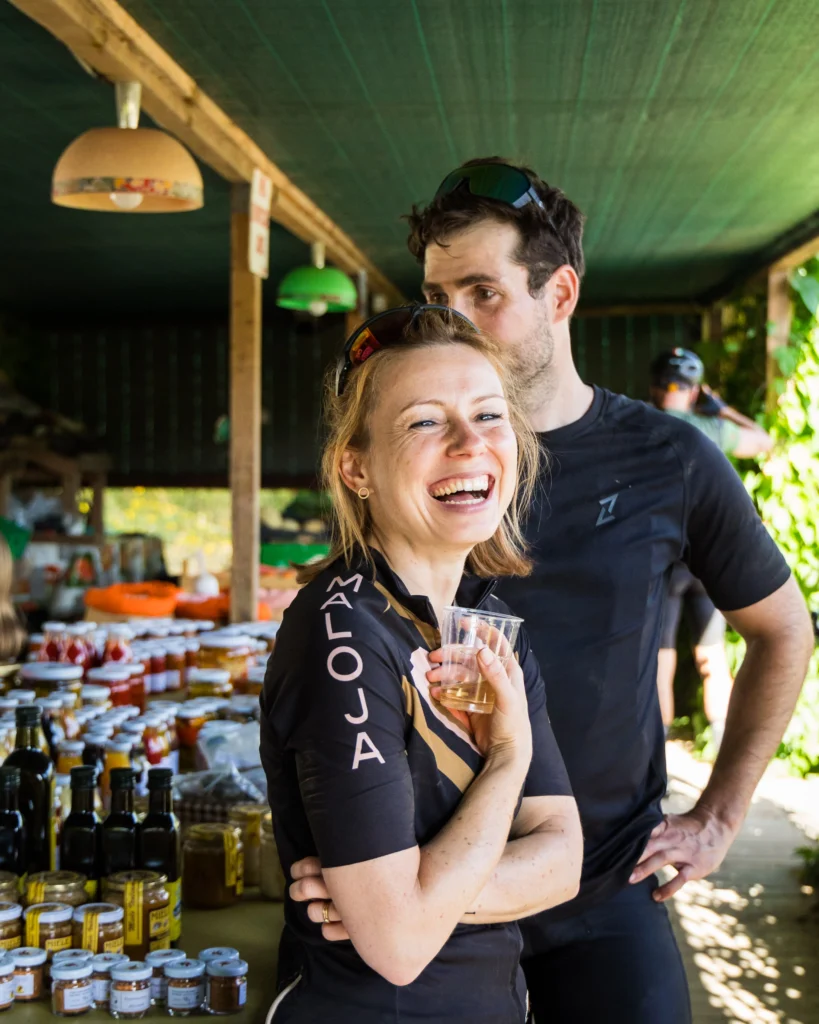
The Future Is Already Here
The cycling of the future speaks the language of experience, discovery, and sharing. It’s no longer just about kilometers covered or times to beat but about stories to tell, territories to explore, and encounters to experience. It’s a profound transformation that’s redefining the very DNA of this sport, transforming it into something broader and more inclusive.
The 6,000 participants expected at the Tuscany Trail 2025 aren’t just a number: they’re the vanguard of a global movement that’s redefining the very meaning of cycling. They represent a diverse and vibrant community where ultra-cycling champions ride alongside long-distance newcomers, where technology enthusiasts meet minimalists, and where differences in age, origin, and preparation dissolve in the sharing of the same passion.
This movement unites technology and nature in a surprising balance. GPS tracks blend with ancestral trails, ultralight bags carry local food, and social media becomes a tool for sharing authentic experiences. It’s a perfect synthesis between twenty-first-century innovation and the eternal call of adventure.
Ready to be part of this revolution? You don’t need to be a professional athlete, you don’t need to have the latest bicycle model, you don’t need to have planned everything down to the last detail. All you need is the willingness to challenge yourself, to step out of your comfort zone, to live an authentic adventure.
New here? Start now.
Create an account to access your Dashboard and connect with the community.


Add comment